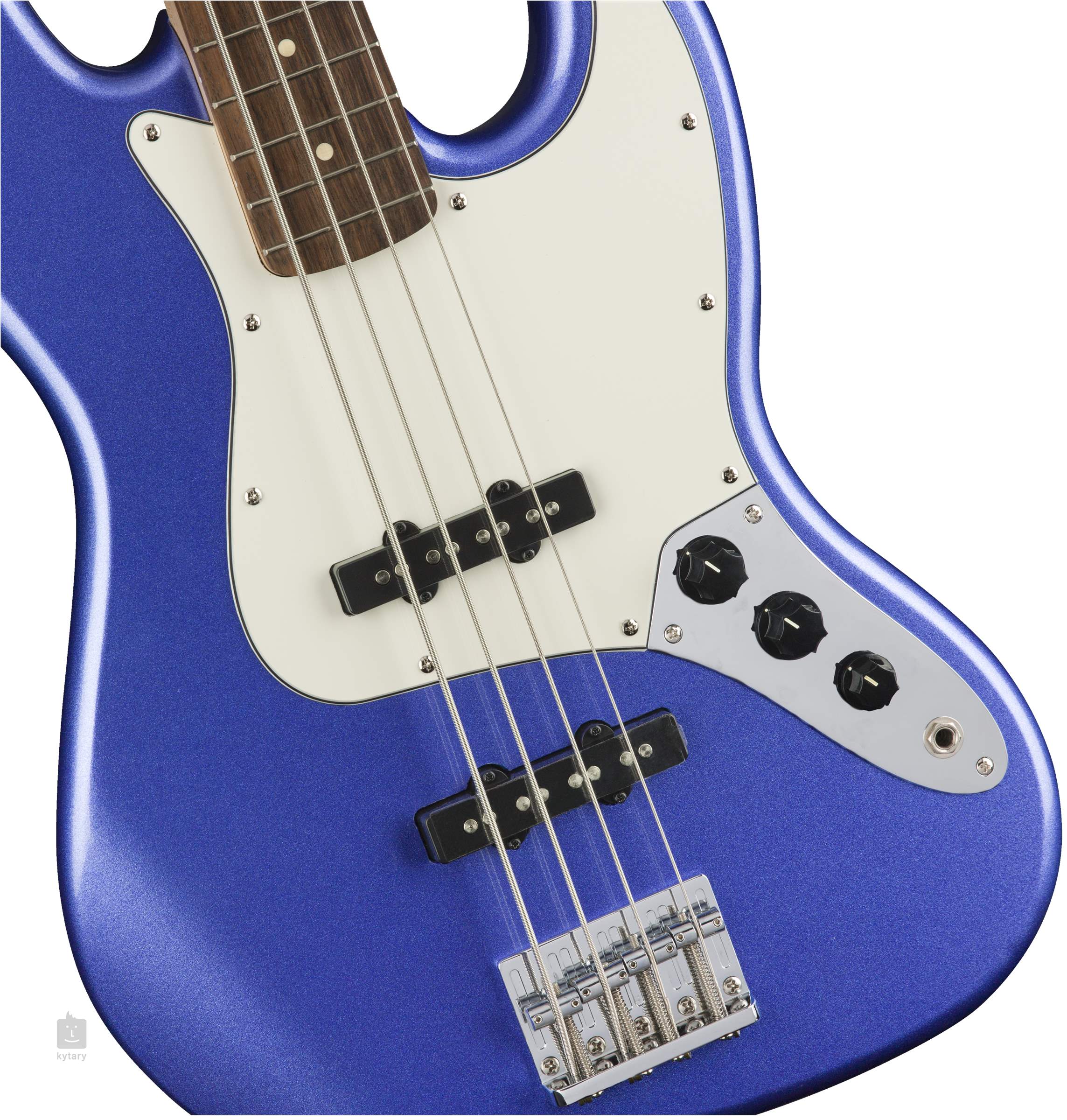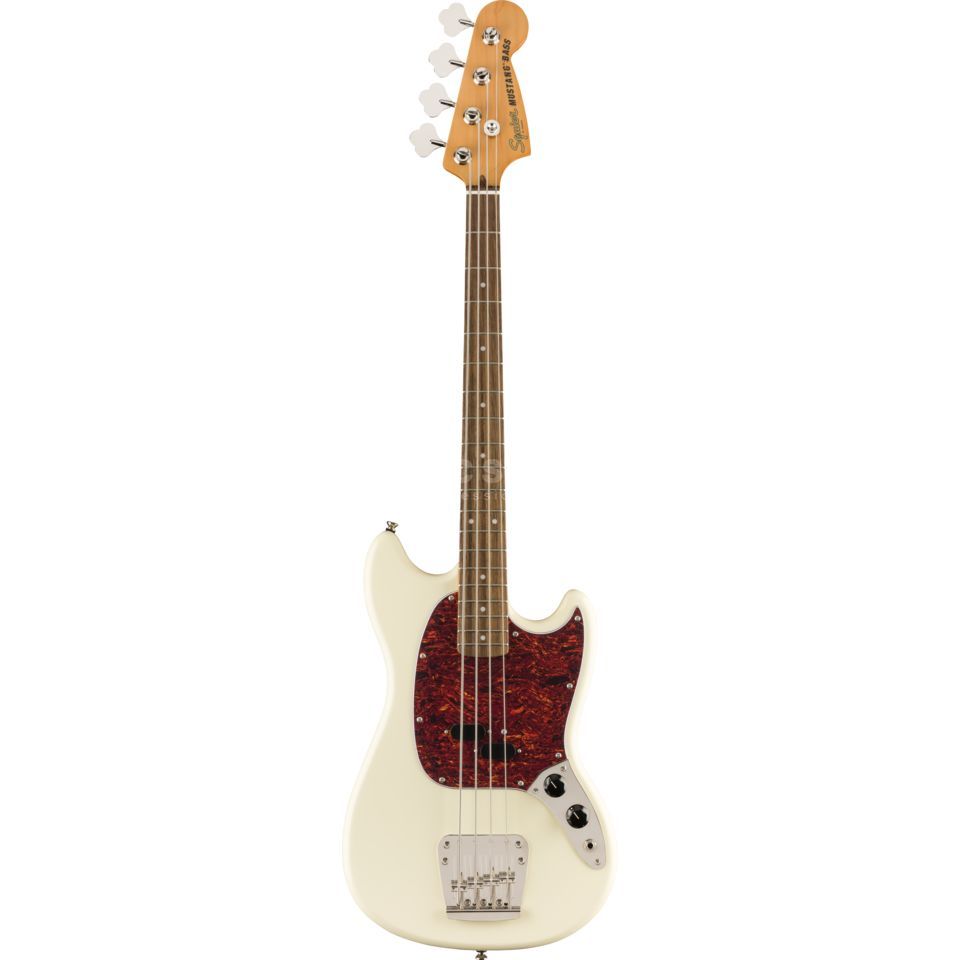

FENDER SQUIER MUSICMASTER BASS SERIAL NUMBER
The serial number was stamped on the chrome neck plate. The initial models of each instrument came with an anodized aluminum pickguard done in a gold colour. This bridge was fastened directly to the body and it came with a bridge cover, which generally was taken off the guitar. The middle position on the Duo-Sonic placed the single coil pickups in series, thus acting like a humbucking pickup.īoth guitars had adjustable bridges which had 3 sections, much like the older Telecaster bridges, with each section doing duty for two strings. The Duo-Sonic added an additional pickup, without a slant, in the bridge position and a 3-way selector switch on the lower horn. The Musicmaster featured just one single-coil slanted pickup in the neck position. Both instruments came with a single volume and tone control. The guitars double cutaway slab body was made of either an ash or alder and featured shorter horns than those on a Stratocaster. The tuning machines came with less costly plastic buttons instead of metal ones found on the strat and tele. Both guitars featured a 22 1/2” scale bolt on, soft V style maple neck with a maple fret board. The 3/4 sized Fender Musicmaster and Duo-Sonic guitar guitars were both offered in the spring of 1956. The introduction of this guitar coincided with the year Elvis Presley became popular, which caused an increased interest in the guitar.īy 1956 Leo Fender thought it might be a good idea to introduce a student model to the Fender line up, which would have a shorter scale for small hands and also had a reduced price point.ġ956 Fender Musicmaster and Duo-Sonic Guitars Moving forward to 1954, Fender introduced the Stratocaster. So the word "Broadcaster" was cut off of subsequent headstock decals.īy the summer of 1951 the guitar was renamed the Telecaster.

In the fall of that year Fender added an additional pickup and called that guitar the Broadcaster, which didn’t last long as Gretsch had trademarked that name for their drum sets. This "Spanish-style" electric guitar was made in the style of Leo Fender’s lap steel guitars, with a single slanted pickup placed right next to the bridge and saddles. Though I doubt it would be appropriate for slappin and poppin and all that stuff, maybe if some active electronics were added, and the control cavity is plenty big enough to add some.Fender introduced their solid body electric guitar, the Esquire, as early as 1950. This might be a good bass for just rock/pop. The single coil pickup looks similar to the original 50's Precision and 60's Telecaster basses and is big and loud, almost too loud for me, I actaully had to set it fairly low. The bass came with Fender short scale round woulds but I may change to flat wounds or half-wounds to get more of that 60's vibe. I usually play with a pick and with my palm for a mute with the tone control turned way down to get that 60's Carol Kaye with the Beach Boys kinda sound so lots of boomy sustain wasn't that important to me much anyway.

As far as I'm concerned it has more than enough and I'm playing through a Fender tube guitar amp and a homemade 1x12' bass cab with a speaker salvaged from a Crate bass combo.

I've heard short scale basses are often lacking in the sustain and low end departments. I was apprehensive about buying a short scale bass with only one pickup.


 0 kommentar(er)
0 kommentar(er)
